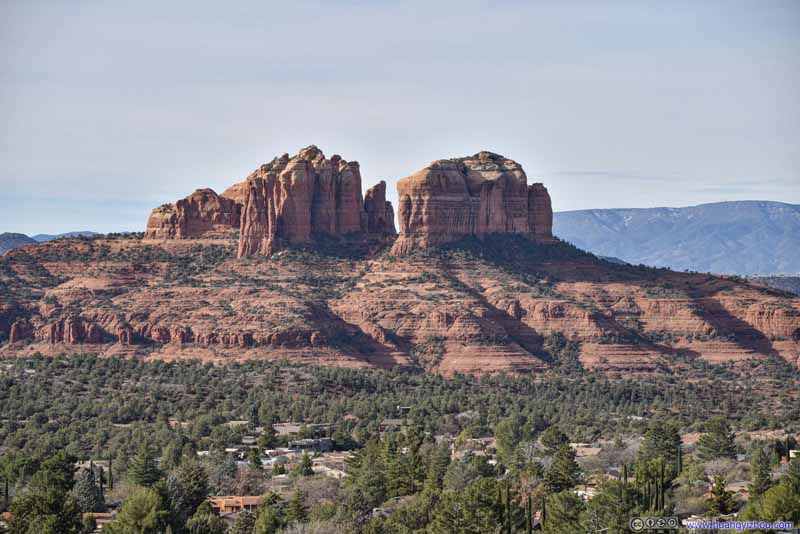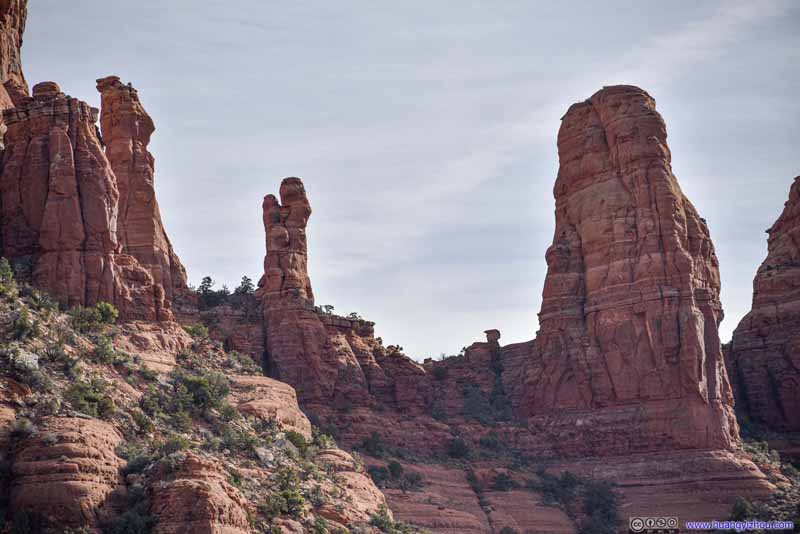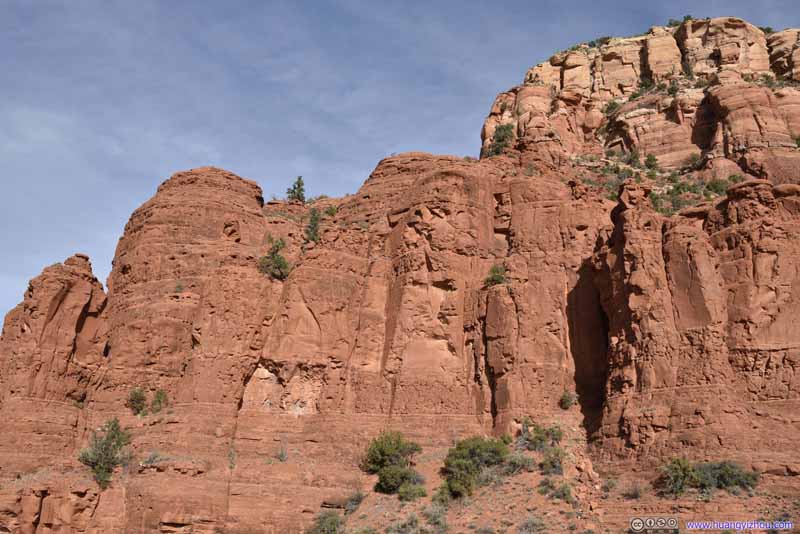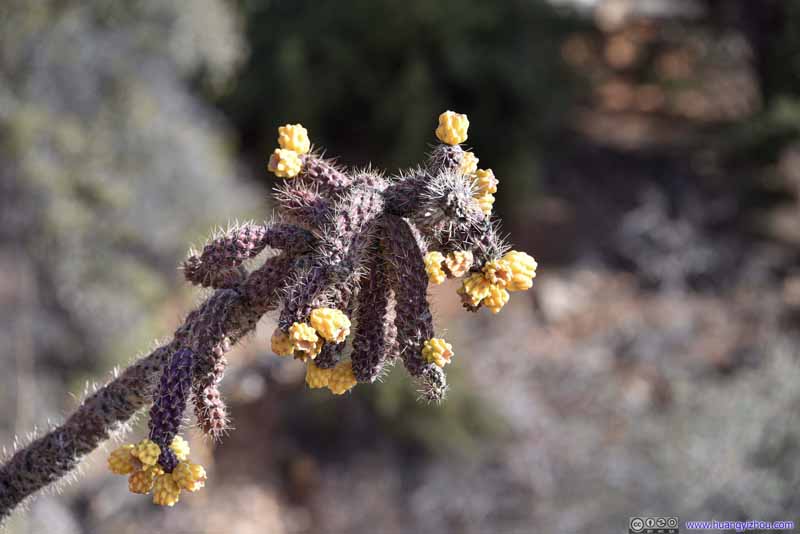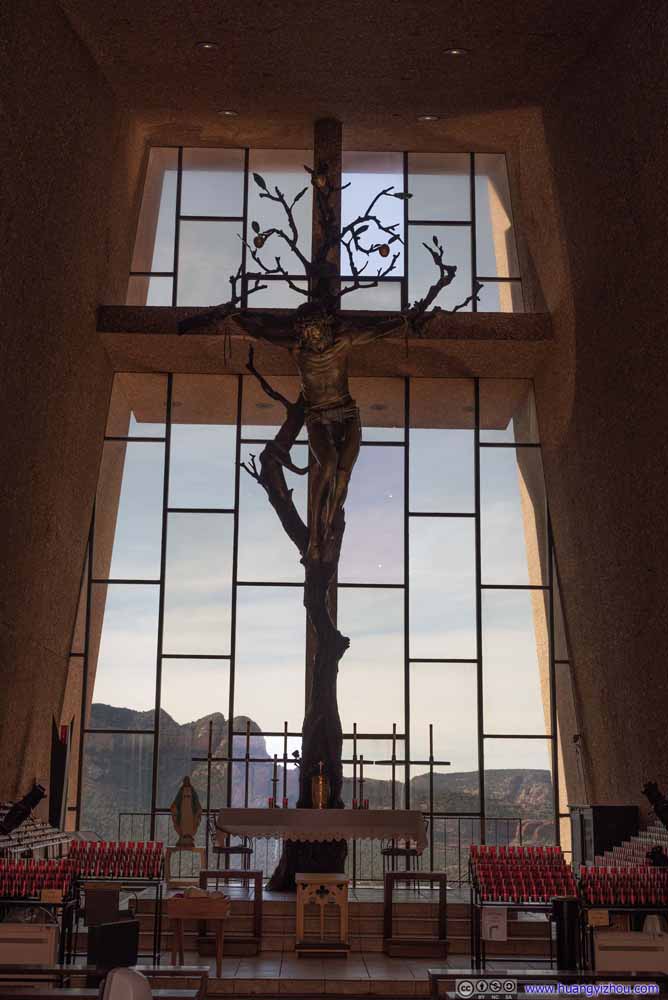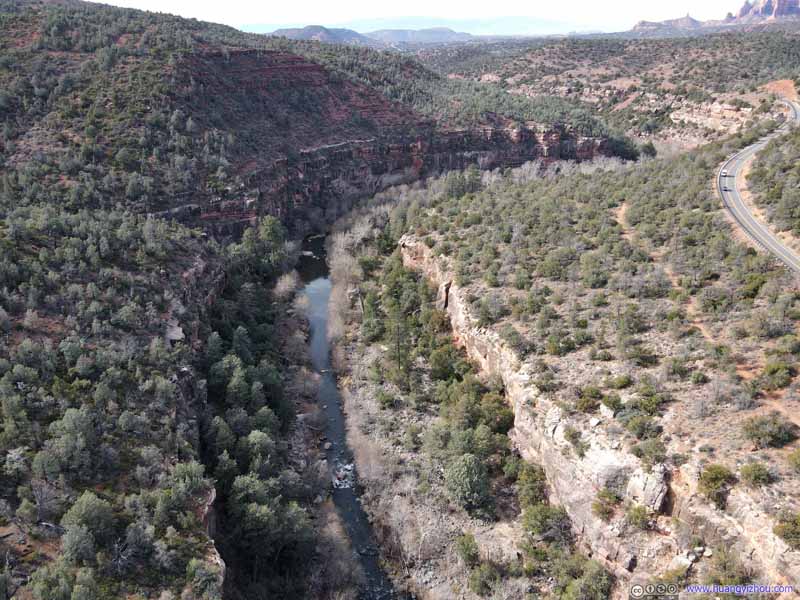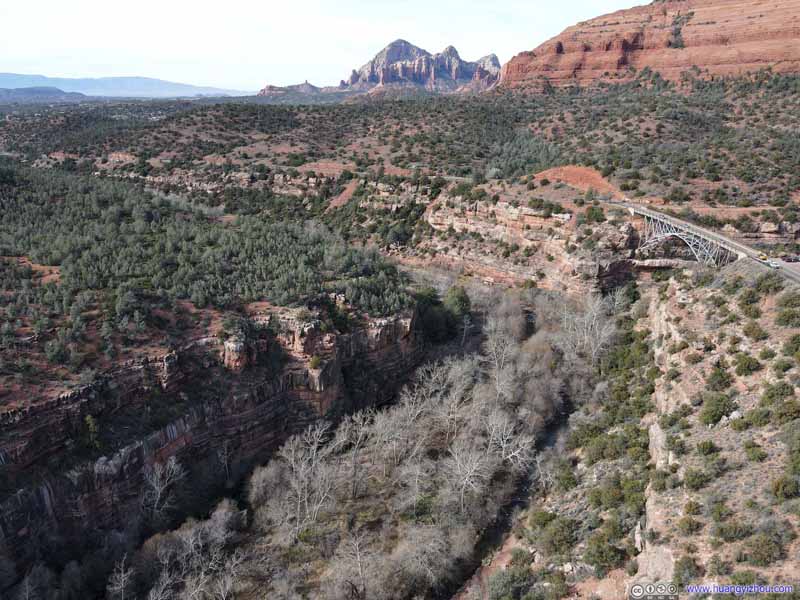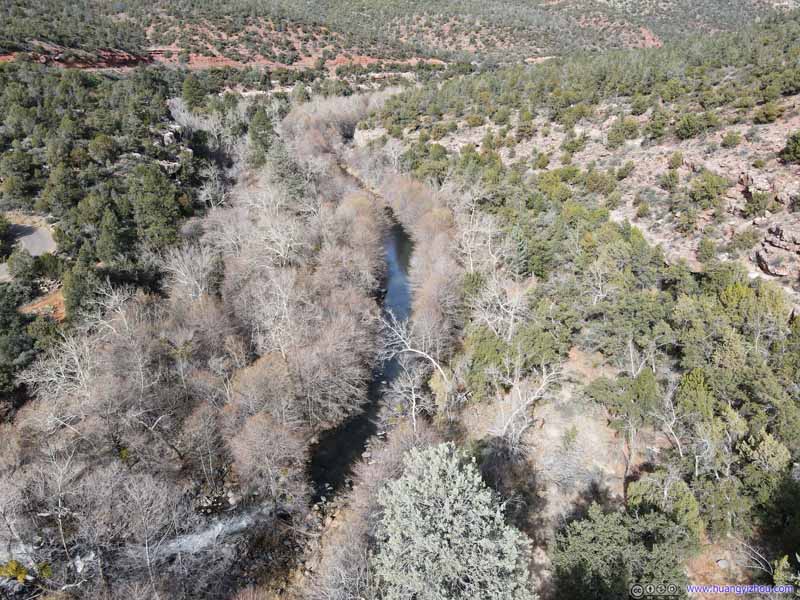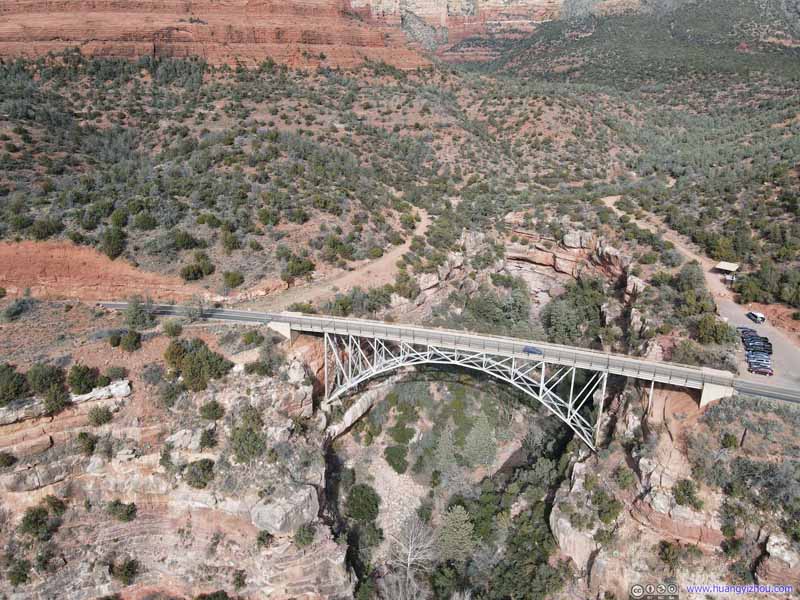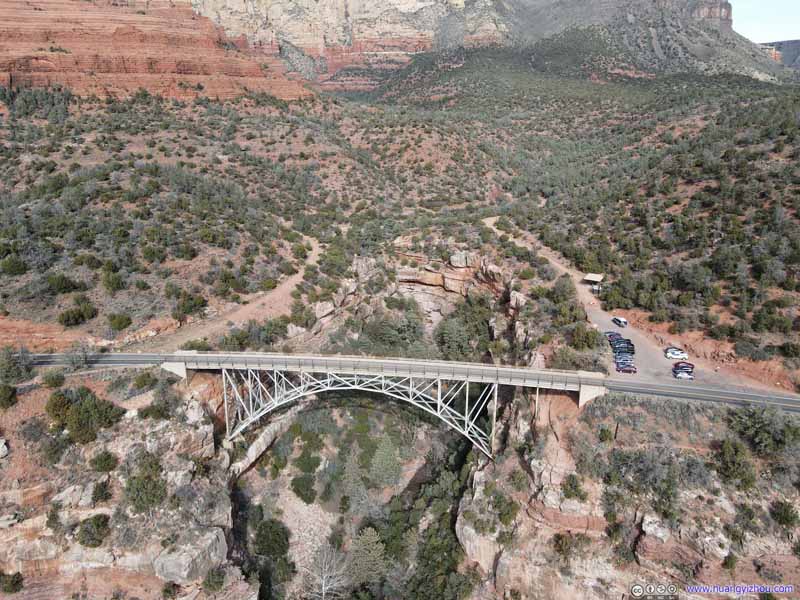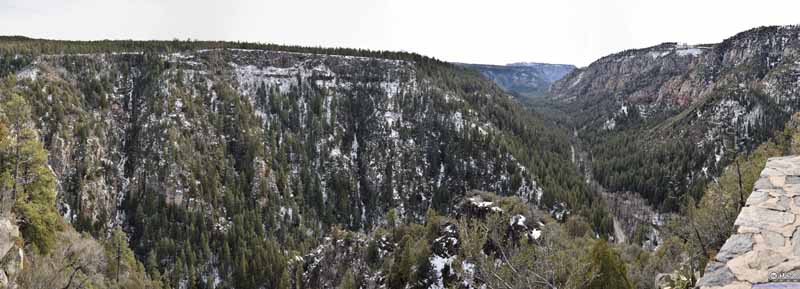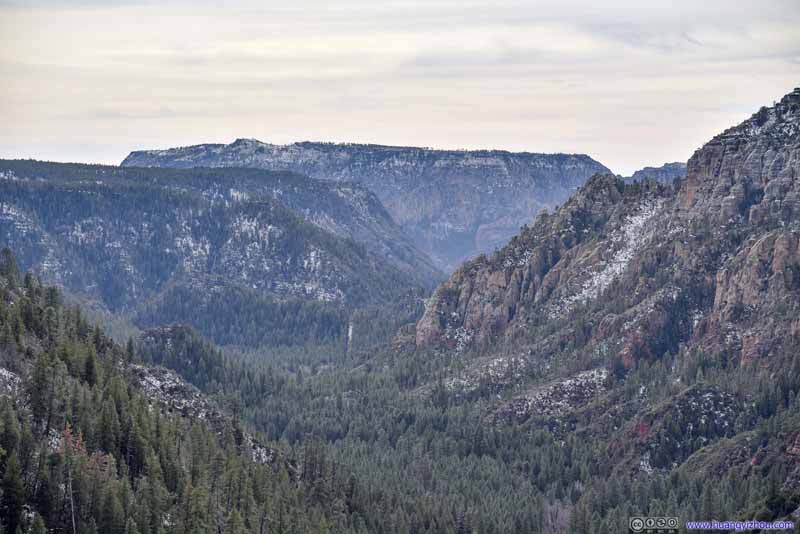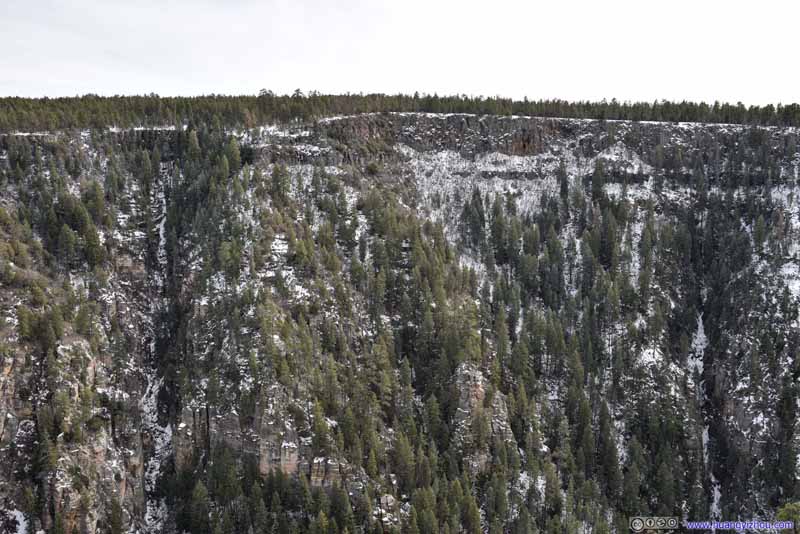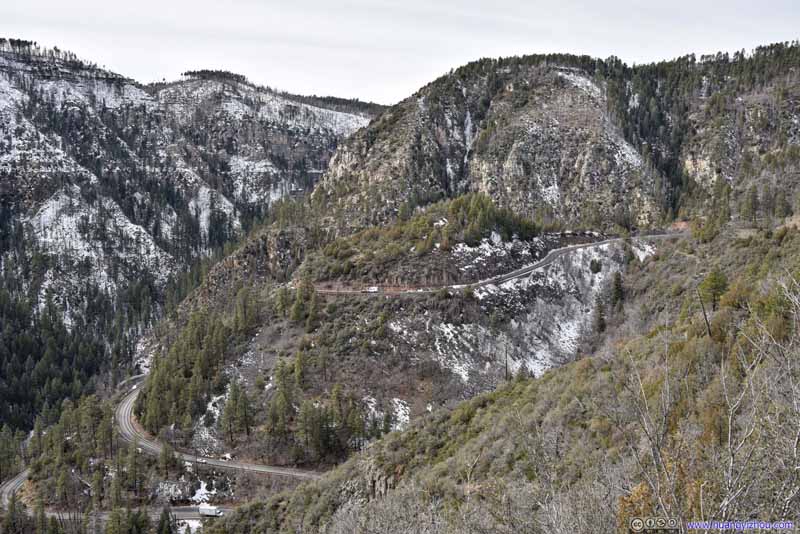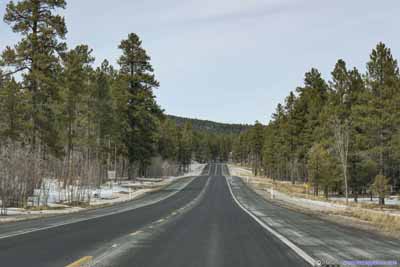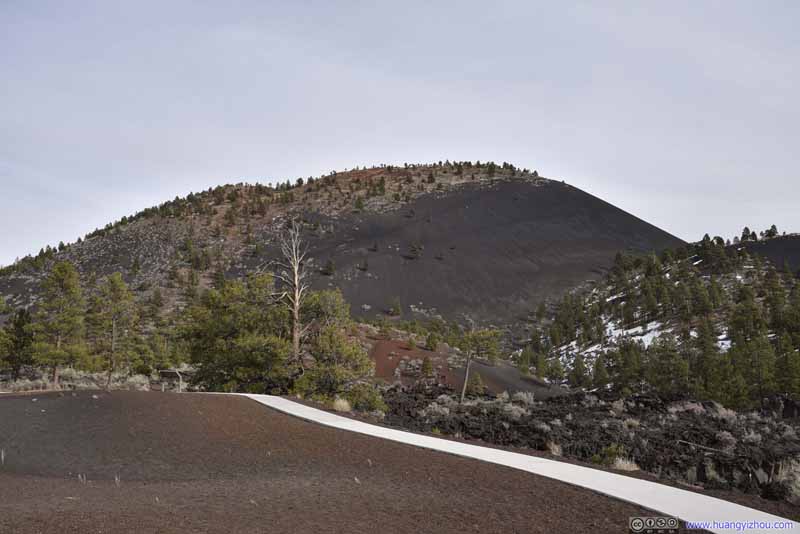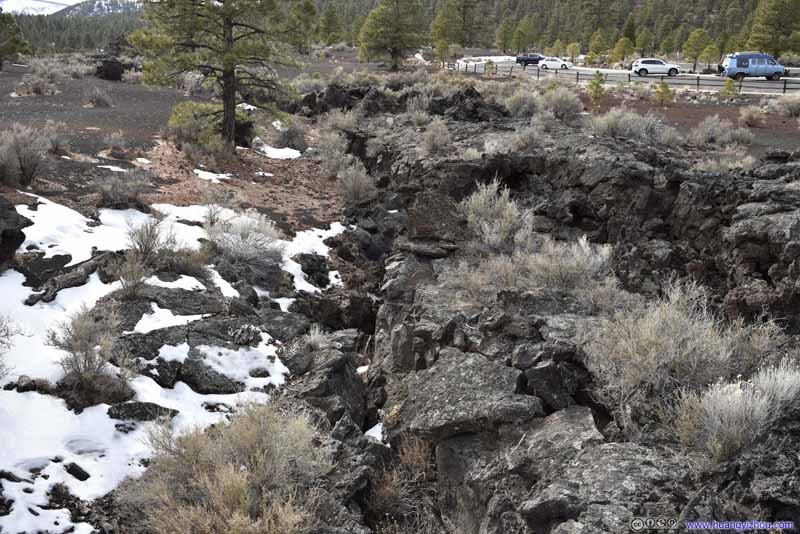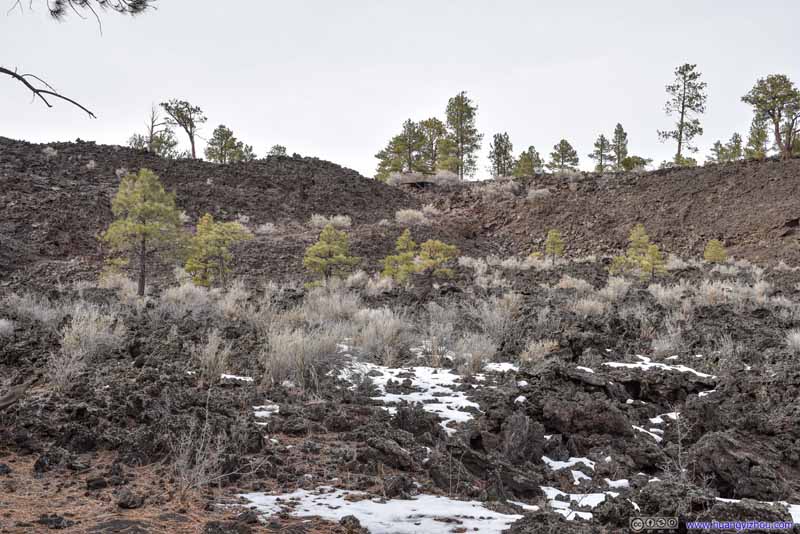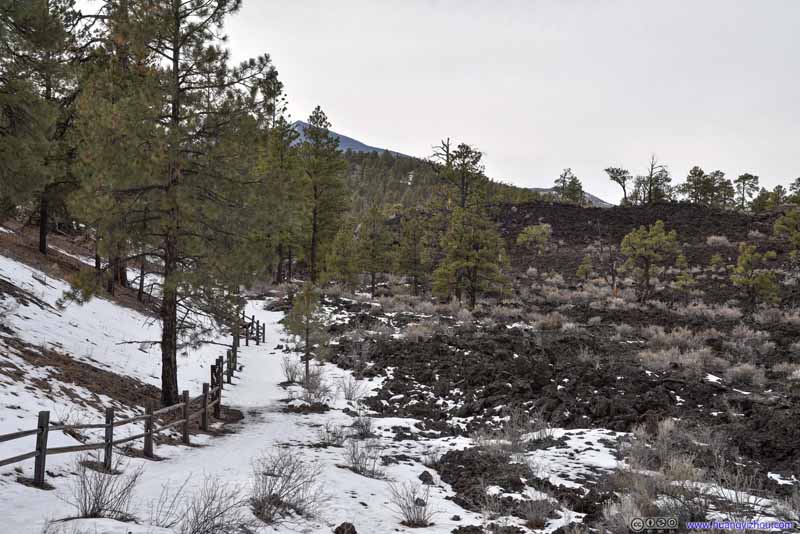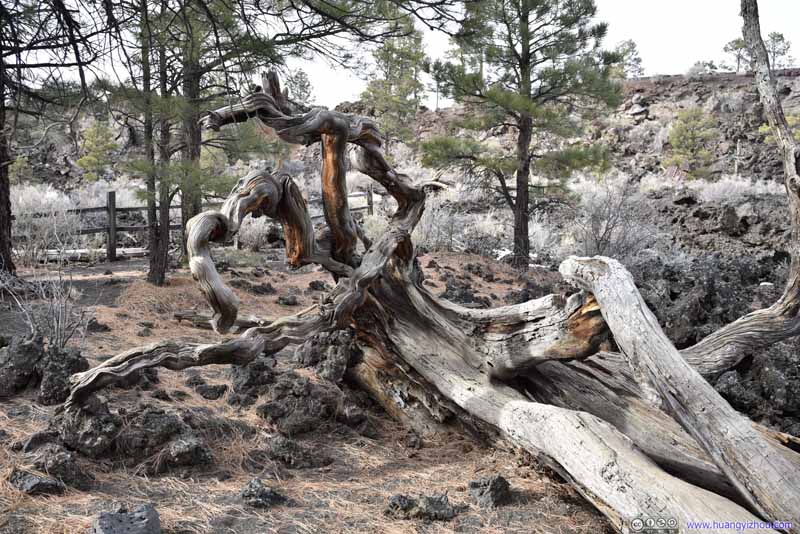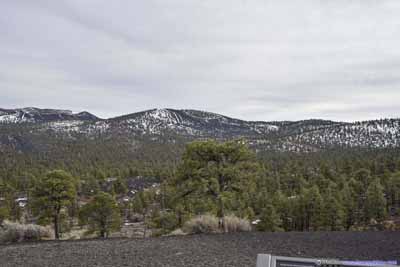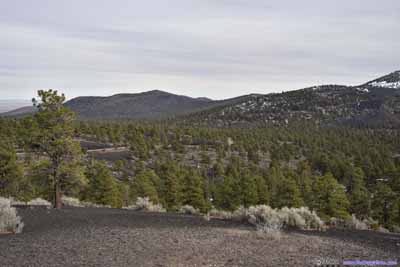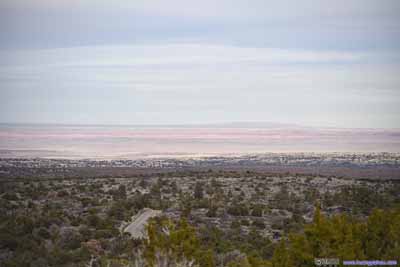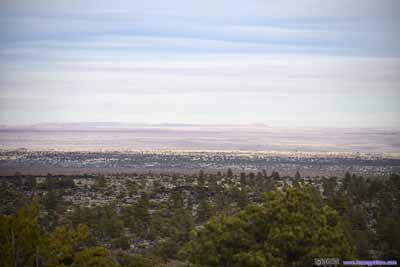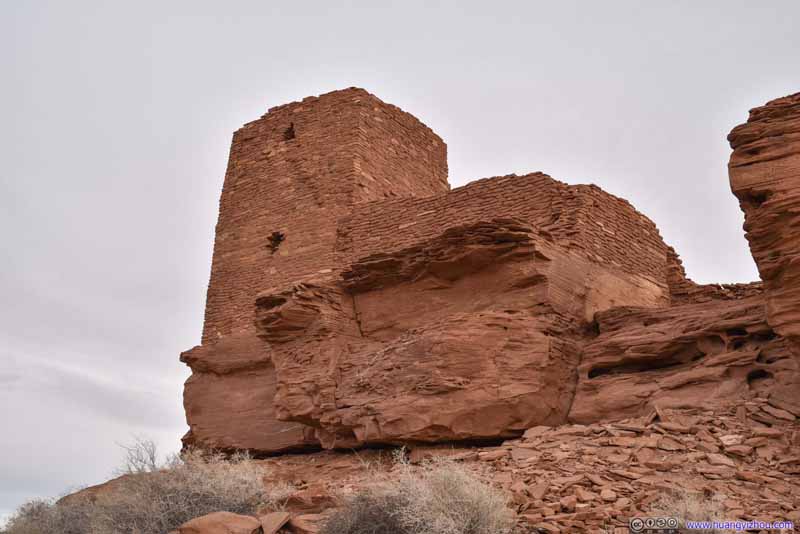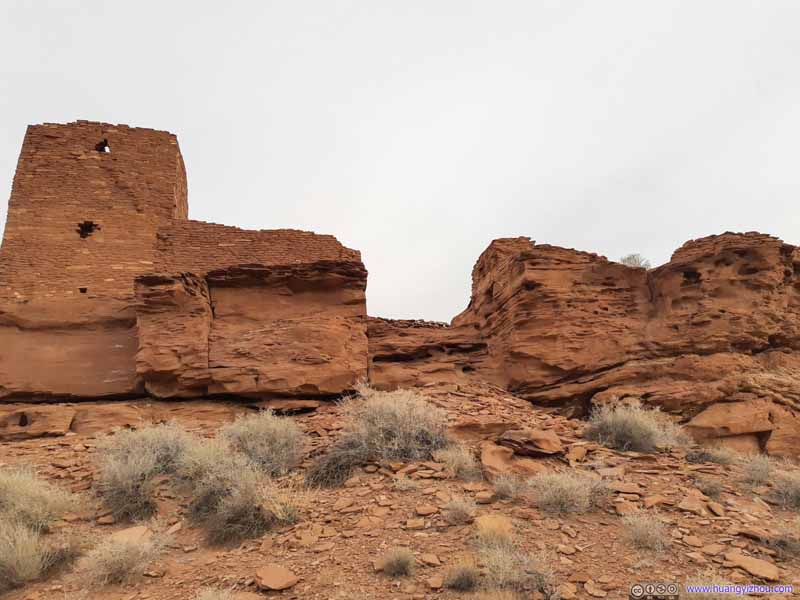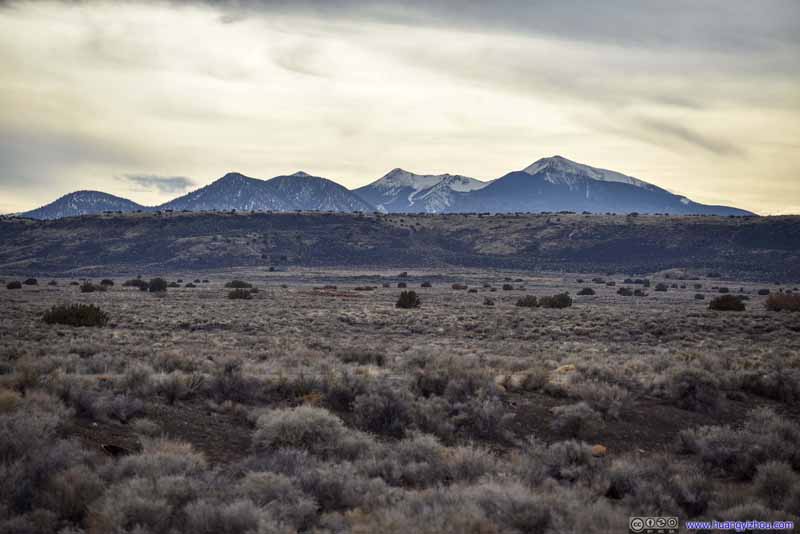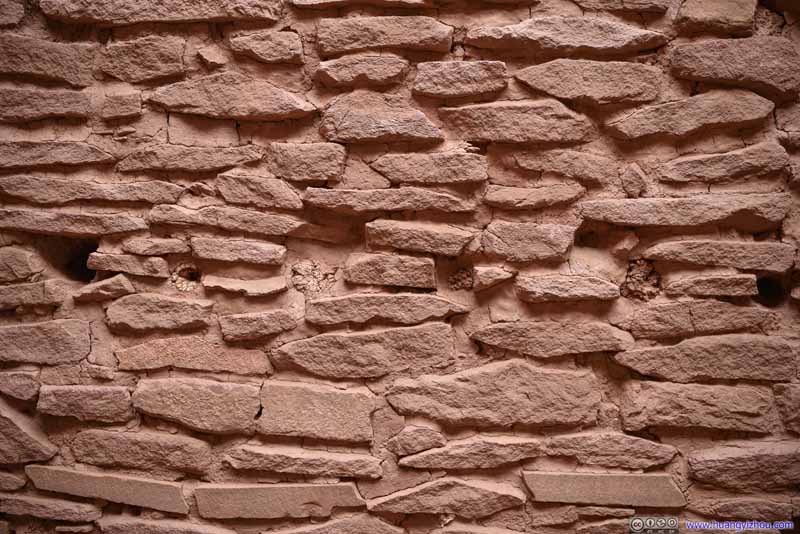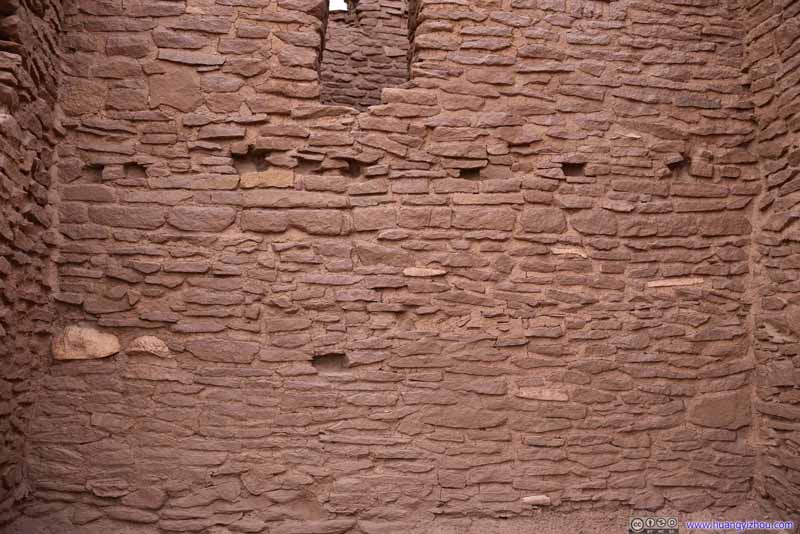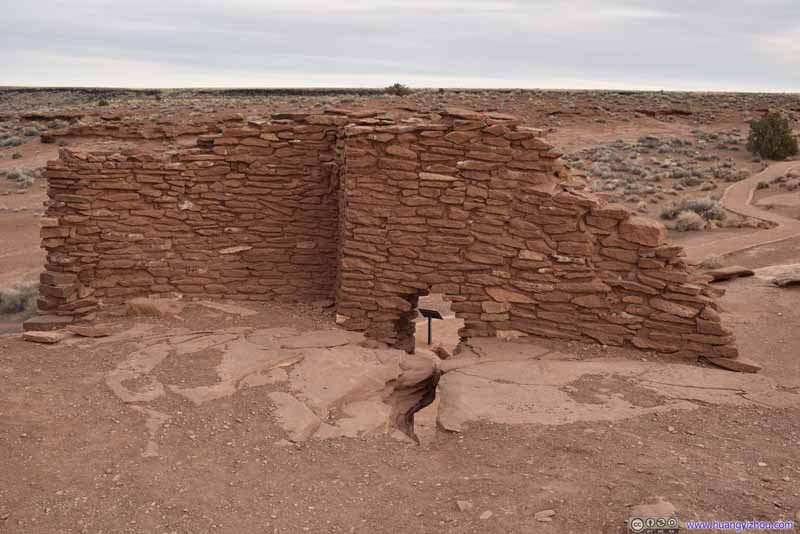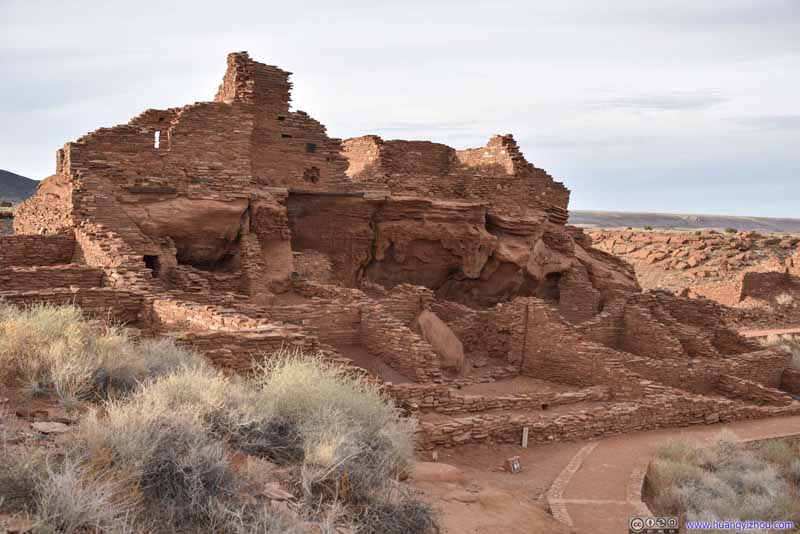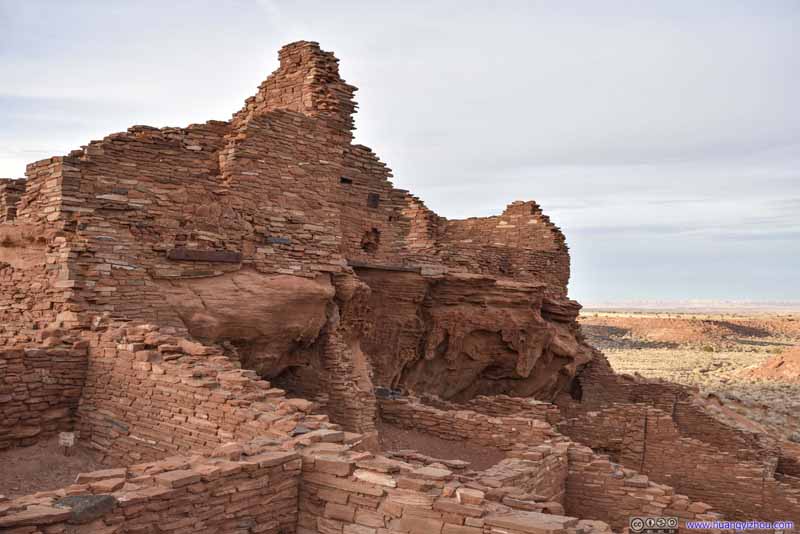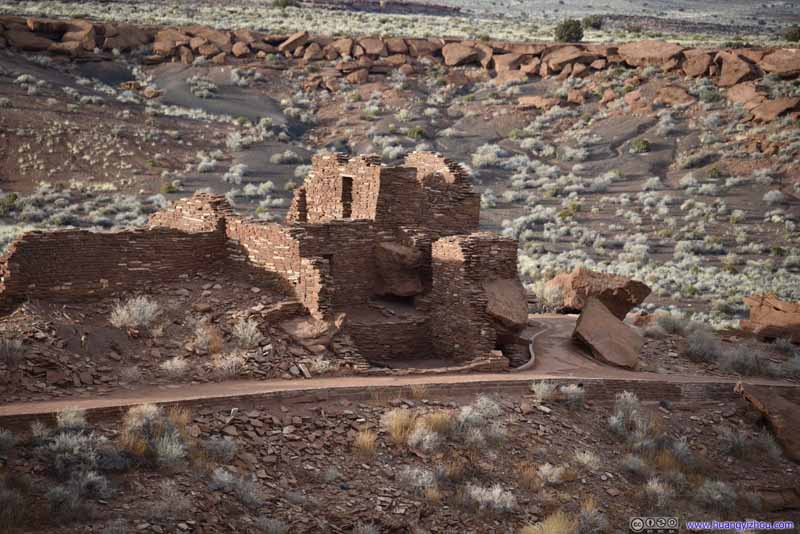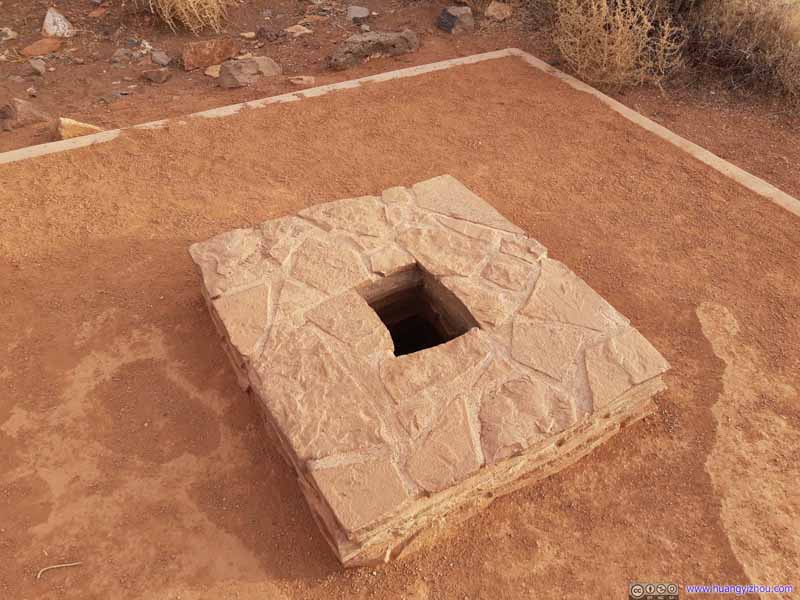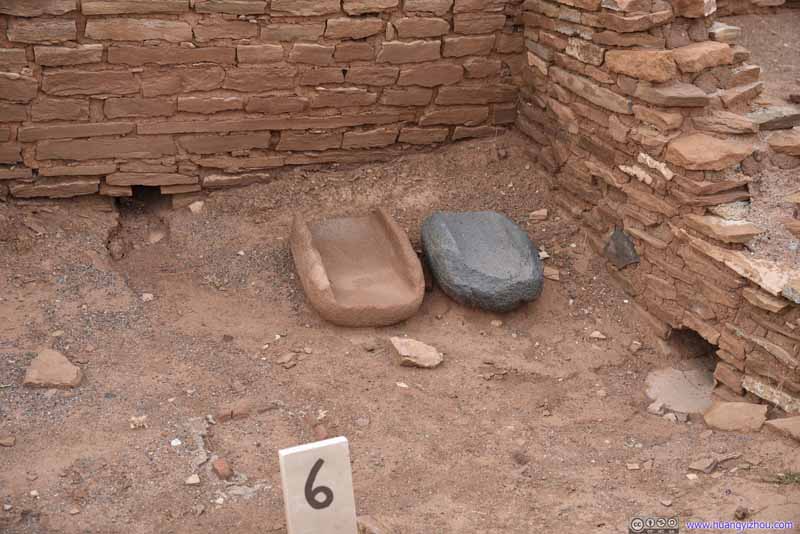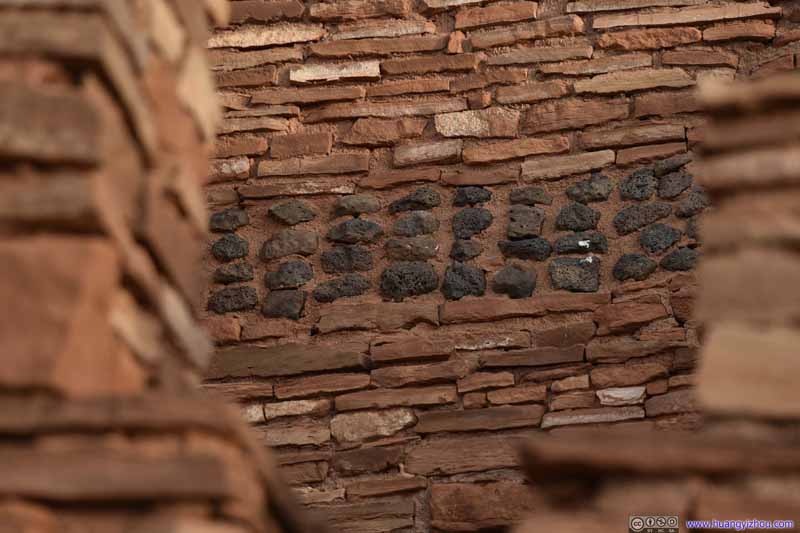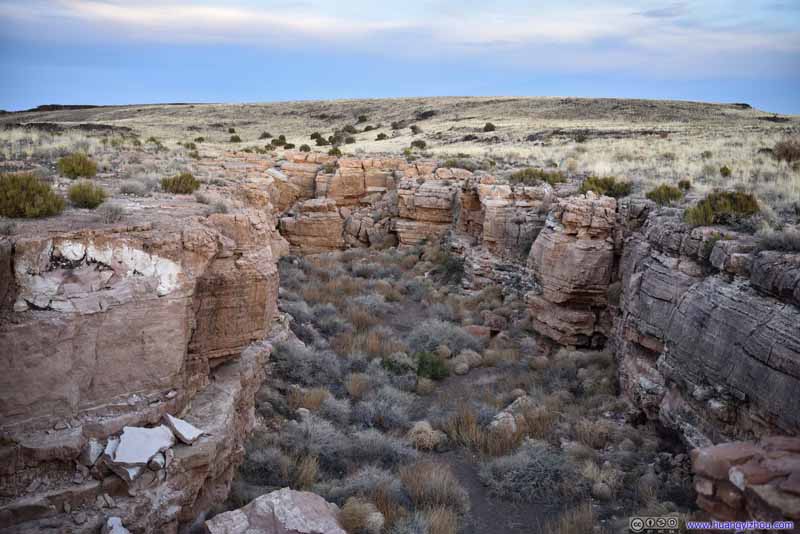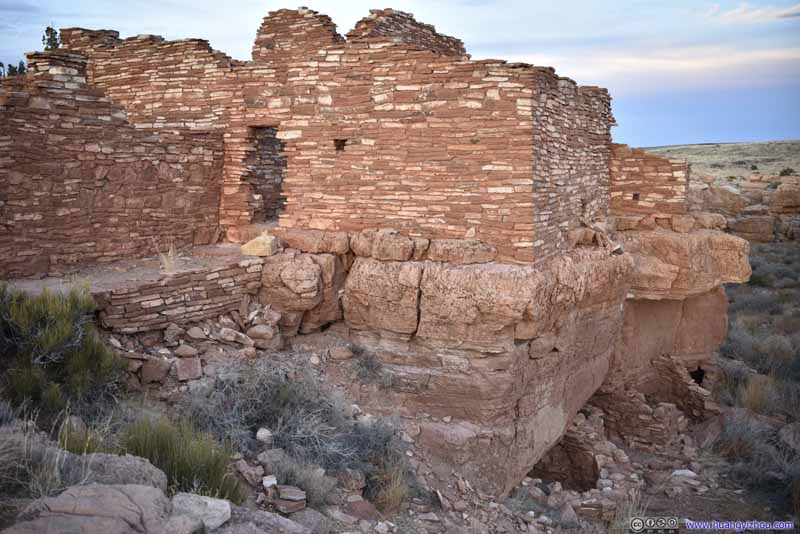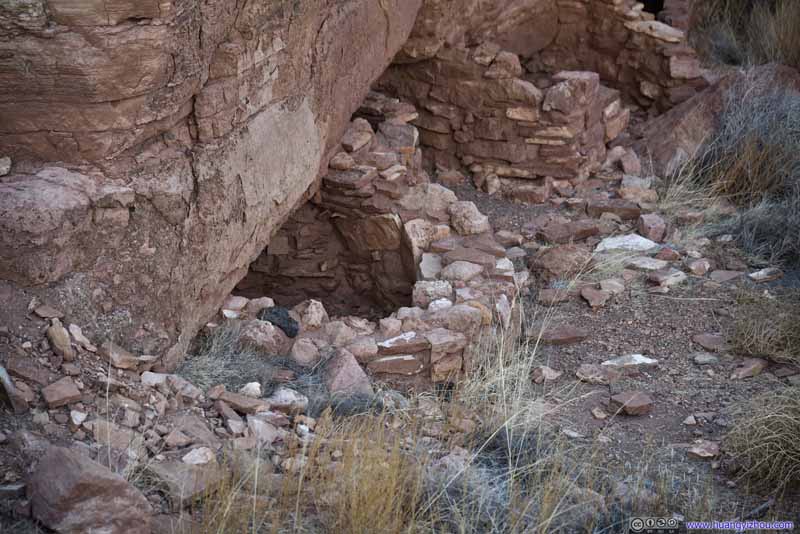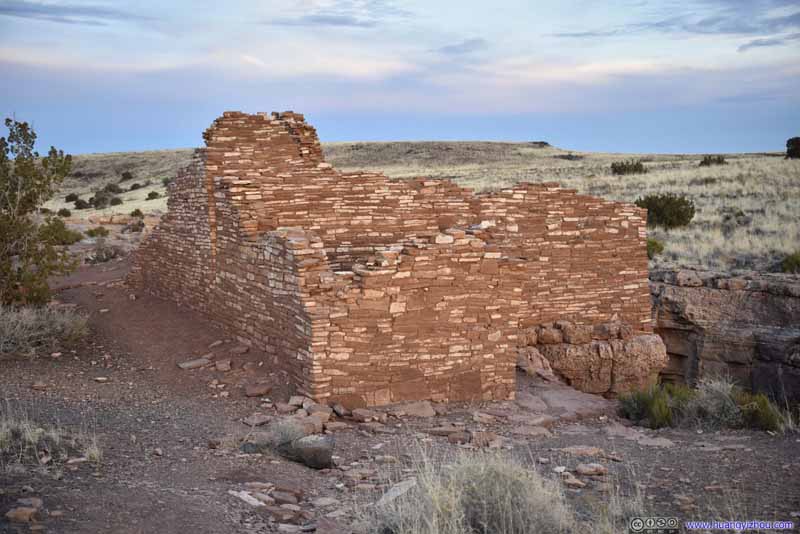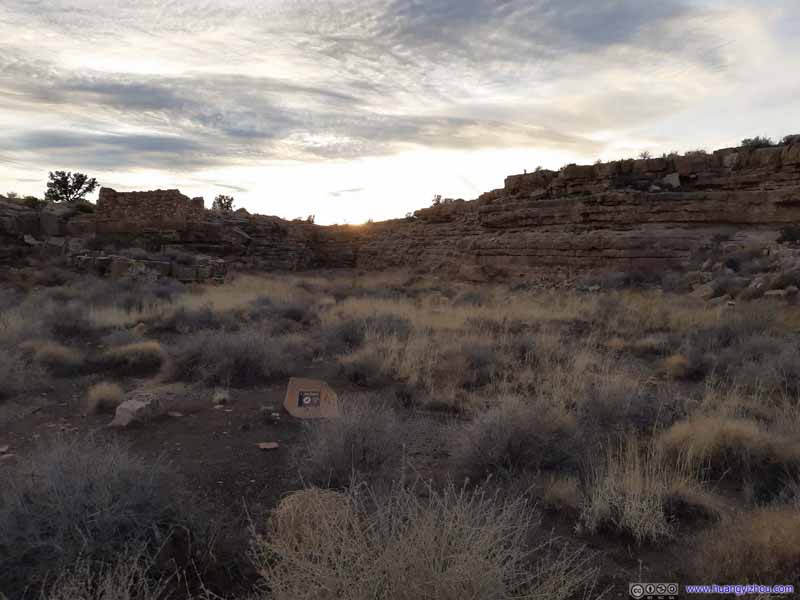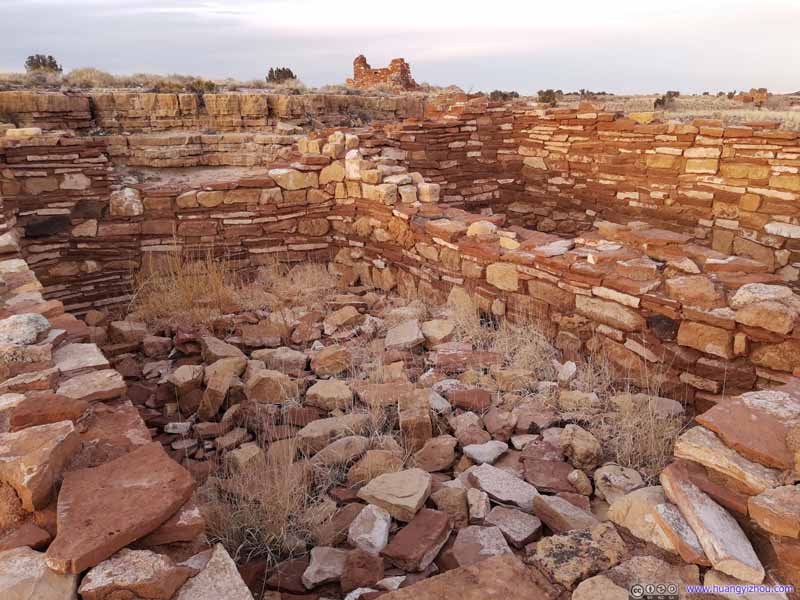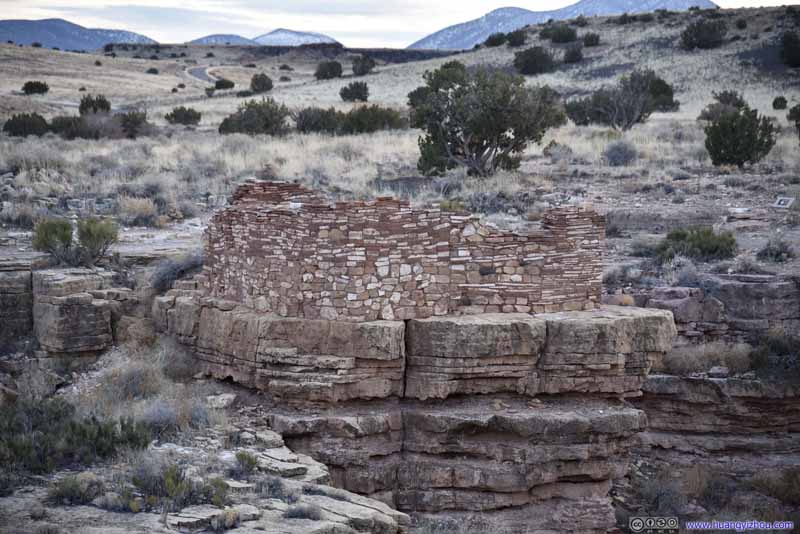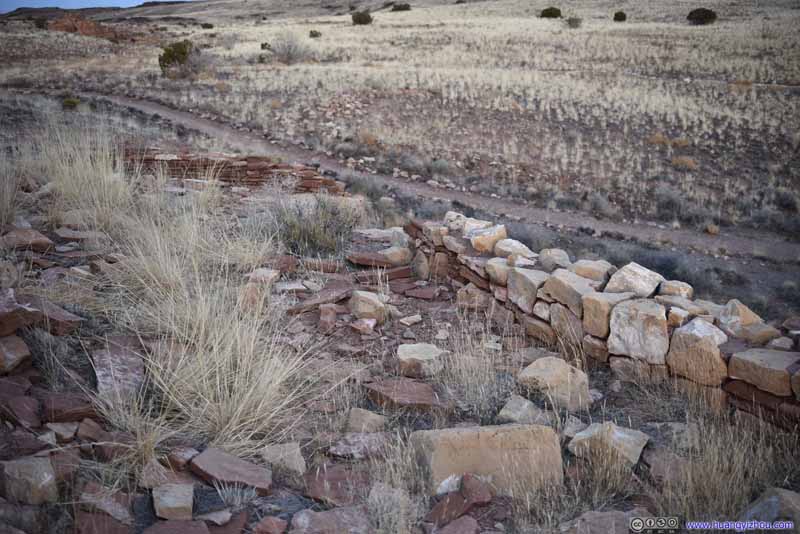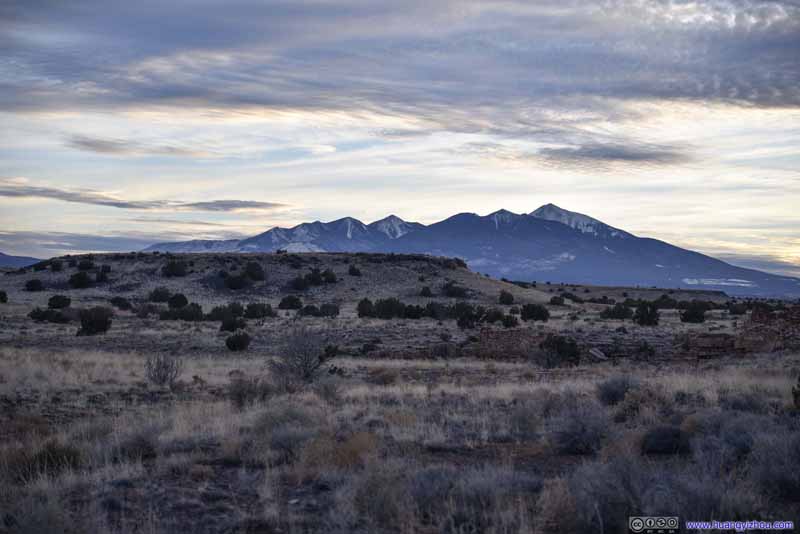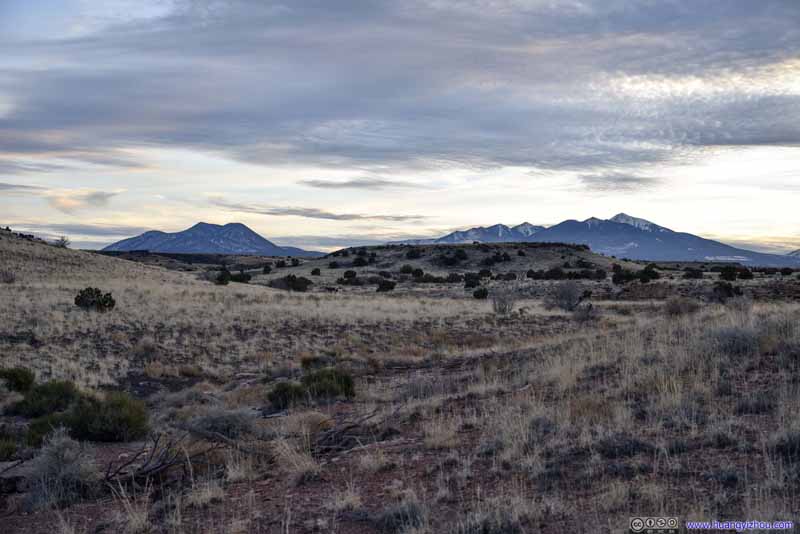Updated on April 9, 2022
Day 5 of 2022 Arizona Trip, Driving from Sedona to Grand Canyon
Fifth day of my 2021 Arizona trip, my friend and I would be leaving Sedona and heading for Grand Canyon. Along the way we would visit Sunset Crater and Wupatki National Monument.
Having hiked a few popular trails near Sedona for the previous two days, we would be leaving for Grand Canyon today. The drive towards Grand Canyon via its east entrance would only take about 2.5 hours, however, we decided to make a few stops along the way, making it a day-long itinerary.
Chapel of the Holy Cross
After some teleconferencing in the morning, we first reached the Chapel of the Holy Cross, a popular attraction in Sedona. The chapel was built on a small butte, backdropped by Twin Buttes and overlooking extensive fields towards the south. Its simple geometrical shape was a striking sight that blended into the background of rugged red rocks.
Click here to display photos of the slideshow

Oak Creek Canyon
After that, we grabbed some snacks in downtown Sedona before continuing our way towards Grand Canyon, along US Route 89A. After leaving Sedona, US 89A followed Oak Creek Canyon north, with glimpses of Sedona’s signature red rocks on the left.
In particular, my friend and I originally planned to stop at Midgley Bridge and took a short hike around its canyon landscape. Unfortunately, the small parking lot at Midgley Bridge was full, so instead we drove to the next turnout and I took an aerial tour with my drone instead.
Click here to display photos of the slideshow
After leaving Midgley Bridge, US 89A followed Oak Creek Canyon till its end, where the route took on a few switchbacks and ascended onto the canyon. Here’s a dashcam video of the process:
Oak Creek Vista
At the rim of the canyon there was a vista point overlooking the valley to the south, where we made a brief stop appreciating the landscape. Here elevation was higher and the northern slopes of the canyons in sight were dotted with the enchanting color of white snow. Oak Creek Canyon followed a fault line, so rock formations were higher on the western side, which was clearly visible from the vista.
Click here to display photos from Oak Creek Vista.
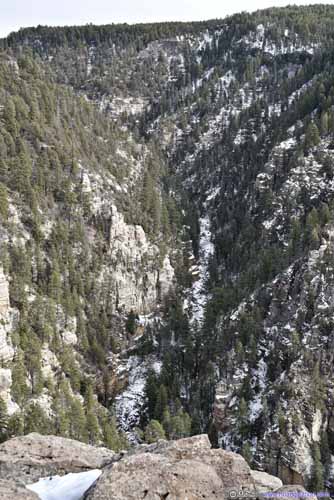
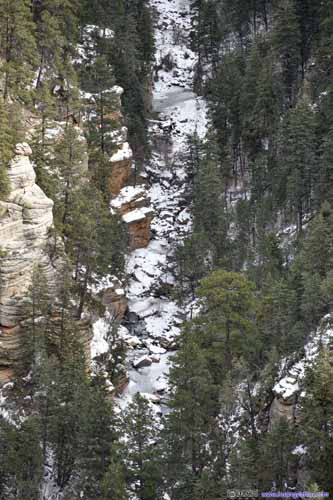 Pumphouse WashA creek in Coconino National Forest, the origin of Oak Creek. Looking closer, one may identify its frozen surface.
Pumphouse WashA creek in Coconino National Forest, the origin of Oak Creek. Looking closer, one may identify its frozen surface.
After that, we continued north. We made a stop at the city of Flagstaff for food and supplies, as the last major town before Grand Canyon.
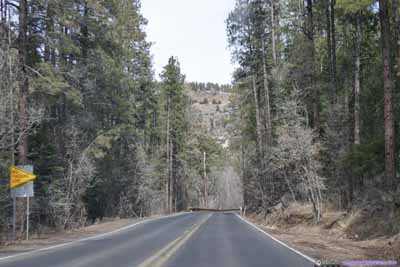
From Flagstaff there were three routes to reach Grand Canyon Village, where we would be spending the night.
- The western route of I40-AZ64 was the fastest. A small detour and one could visit the town of Williams on historic US Route 66.
- The central route of US180-AZ64 was the shortest. It passed along the foot of Humphreys Peak, the highest mountain in the state of Arizona before joining the previous one.
- The eastern route of US89-AZ64 was the longest. However, unlike the previous two it followed the south rim of Grand Canyon for a considerable distance, meaning we could stop along the way to appreciate its magnificence.
By the time we left Flagstaff it was 2pm. Since it would be too soon for us to arrive at our overnight hotel via the first two routes, we decided to take the longer route of US89-AZ64. Even more, we thought the few NPS managed sites east of Flagstaff, meaning Walnut Canyon, Sunset Crater and Wupatki were quite interesting. In the end, we decided to visit the latter two as they involved less of a detour.
Sunset Crater
Sunset Crater was the youngest of a group of volcanoes in the vicinity, with its last eruption in the 11th century. It’s commonly believed to be an extinct volcano nowadays.
Due to its fragile ecosystem, climbing Sunset Crater was prohibited. However, next to the crater, a field of lava from its last eruption was pretty visible, with a 1.3-km maintained “Lava Flow Trail” that threaded through the lava field, which my friend and I paid a visit to.
Click here to display photos along Lava Flow Trail.
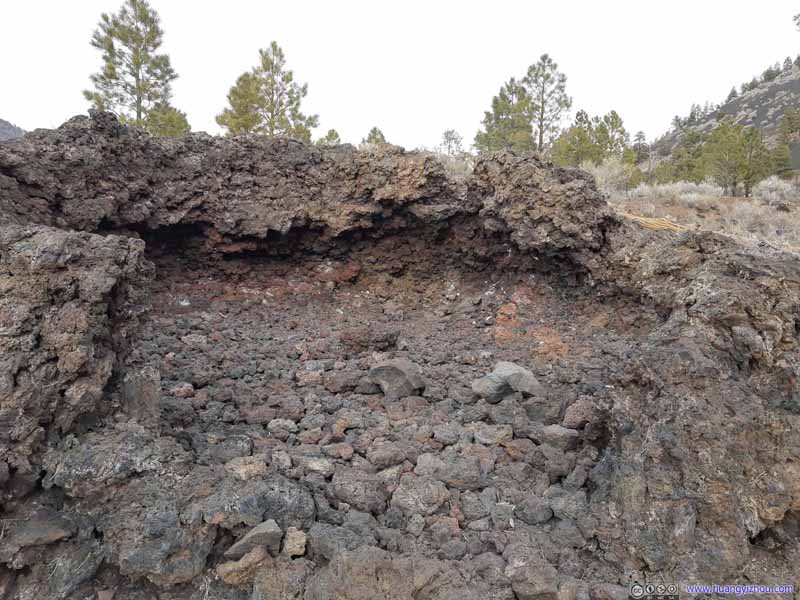
Spatter Cone
Cinder Hills Overlook
Not far down the road was Cinder Hills Overlook, a small overlook on the opposite side of Sunset Crater as Lava Flow. Here a few other volcanoes to the southeast were also visible.

Painted Desert Vista
About 4 miles down the road there was another roadside vista, this one with clearer sights of distant desert wearing vivid colors.
Wupatki National Monument
Continuing forward, we entered Wupatki National Monument. A few ruins of Ancient Pueblo People scattered around the site.
In addition, the area received less precipitation than nearby Sunset Crater, so I found the grassland landscape with the open views it afforded both appealing and humbling. Here’s a dashcam video of our drive towards Wukoki Pueblo.
Wukoki Pueblo
In English, “Wukoki” means “big house”. Wukoki Pueblo was built on an open field and thus its towering presence was visible from afar during its occupation in the 1100s. That combined with its position atop a sandstone outcrop led some to believe this was a “focal” site to the indigenous people. Originally as a three-story building, now only part of the building remained.
Click here to display photos in and around Wukoki Pueblo.

View from Wukoki PuebloThe building probably used to occupy the entire foundation on the foreground.
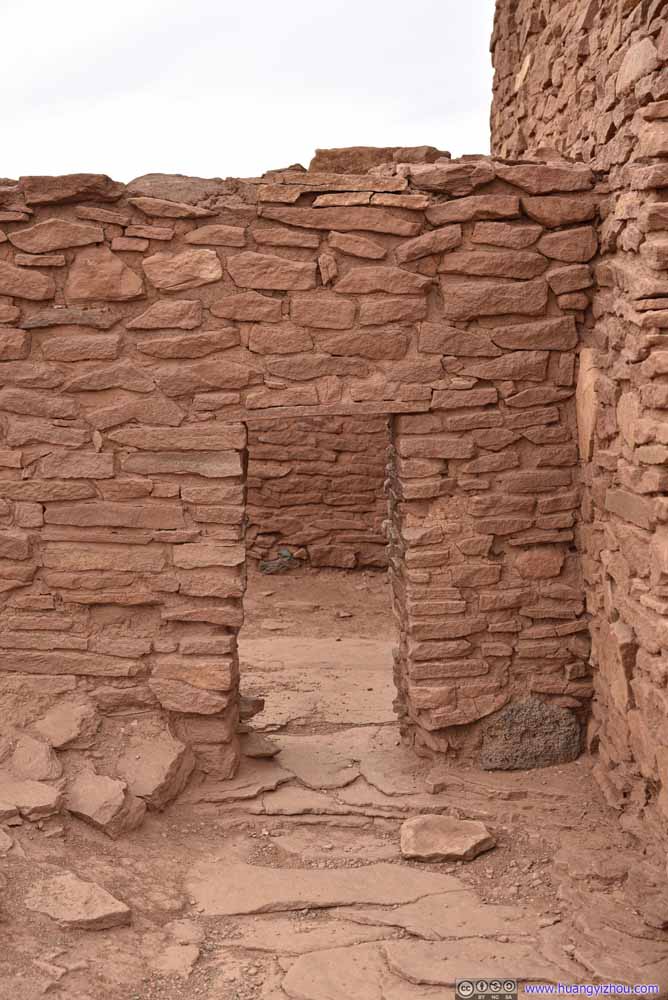
Doorway
Wupatki Pueblo
Next, we reached the nearby Wupatki Pueblo, which was much larger than Wukoki, and also housed the park’s visitor center.
In English, “Wupatki” means “tall house”. It’s the largest housing unit in the region, with about 100 rooms at its peak, with separate community rooms and ballcourts.
I was puzzled to learn that most entrances to the rooms were through roofs, but somehow the residents managed a complex system of multi-story labyrinth of walls and ladders just fine.
It’s believed that Wupatki Pueblo housed a farming community, but excavations also revealed trade activities with distant locations. At around 1200s, most houses in the vicinity (including Wupatki and Wukoki) were abandoned, I guessed that’s due to the farming boom brought by Sunset Crater’s eruption in the late 1000s had ended, and the Pueblo had to leave for land that’s more arable.
Click here to display photos in and around Wupatki Pueblo.

Community Room
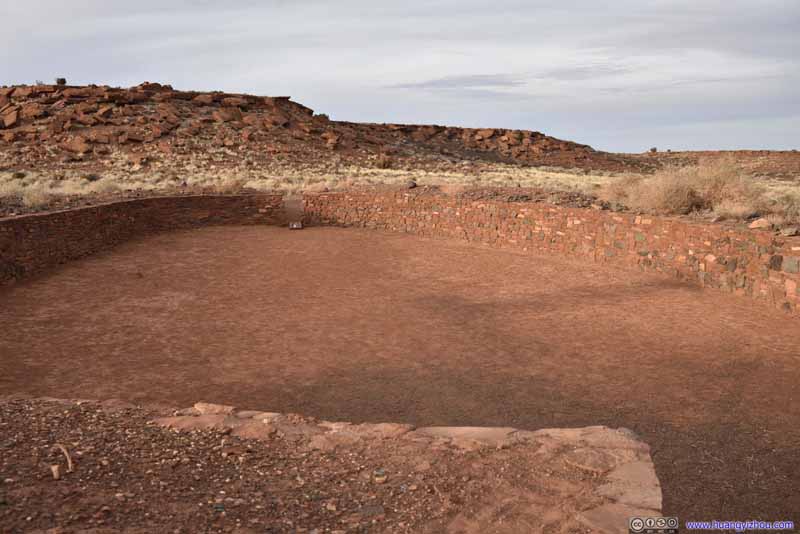
Ballcourt
And here were some individual rooms. I was a bit shocked to find that NPS rangers used to live in one of them, and the excavations of the site involved tearing down the roof and some of the walls first.
Click here to display photos in and around Wupatki Pueblo.

Air Circulation System

Room
Lomaki Pueblo
By the time we left Wupatki Pueblo, it’s already 5pm, not long from sunset. Apart from Wupatki and Wukoki, there were a few scattered ruins in Wupatki National Monument. So on our way to Grand Canyon, we decided to make a final stop, and checked out Box Canyon Ruins and Lomaki Pueblo.
In English, “Lomaki” means “beautiful house”, as archeologists believed the house was coated with plaster in the 1100s.
Click here to display photos in and around Lomaki Pueblo.

Room in Lomaki PuebloNot very spacious and with small doorways. Entrance to these rooms were mostly through roofs.
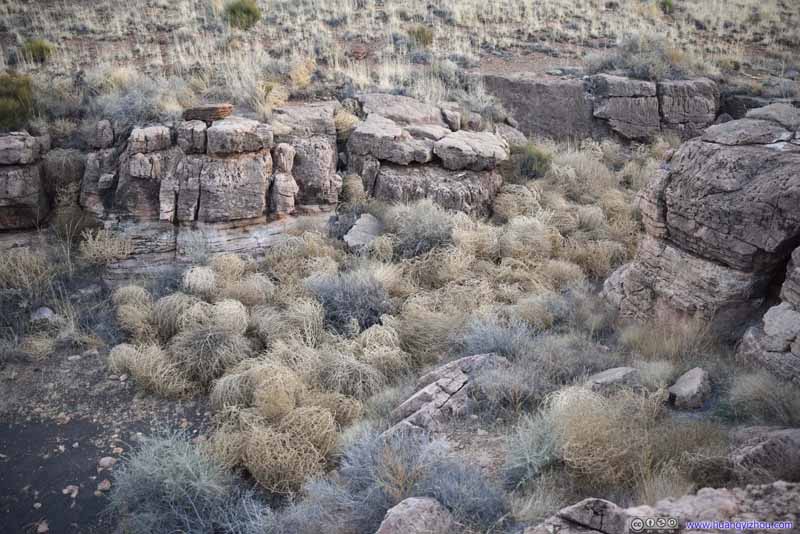
Plants
Next to Lomaki Pueblo were Box Canyon Ruins. There were two ruins on both sides of the canyon at a commanding location, sort of like defensive fortresses to me (although the canyon was shallow and I didn’t see too much of a point of defense). These buildings were single floor with timber roofs that were long gone. The nearby information board did mention that earthcracks like Box Canyon offered the most fertile soil for dry farming.
Click here to display photos in and around Box Canyon Ruins.
After that, it’s getting dark. We hit the road, and reached our overnight lodge in Grand Canyon Village just past 7pm, concluding the day.
END
![]() Day 5 of 2022 Arizona Trip, Driving from Sedona to Grand Canyon by Huang's Site is licensed under a Creative Commons Attribution-NonCommercial-ShareAlike 4.0 International License.
Day 5 of 2022 Arizona Trip, Driving from Sedona to Grand Canyon by Huang's Site is licensed under a Creative Commons Attribution-NonCommercial-ShareAlike 4.0 International License.



